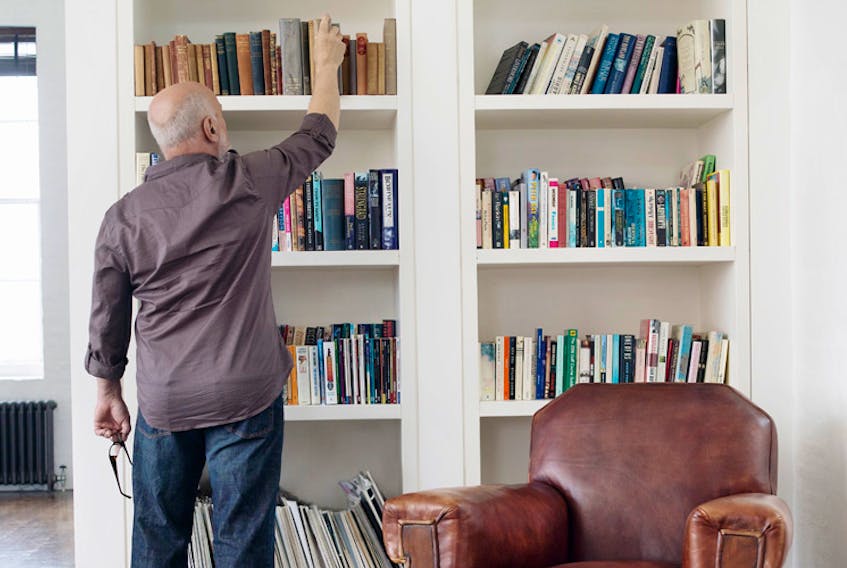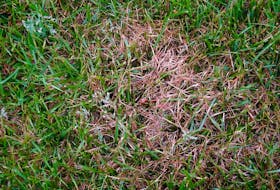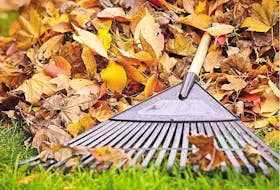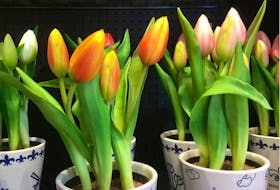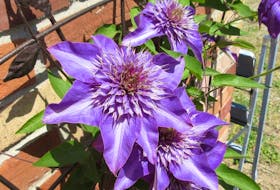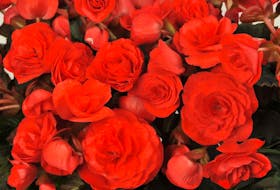Erik J. Martin, CTW Features
Walk between the stacks in your local library and you’re bound to be overwhelmed by the visual monotony of countless books that – while uniformly arranged and properly alphabetized – appear to exist for little purpose beyond gathering dust and showing off someone’s fussy organizing prowess. It certainly doesn’t evoke a homey, personalized or inviting feel.
Which is why, when you have a shelf or case of books to display at home, it’s important to give thought to more than practical matters like storage capacity or logical and consistent sorting. You want to invite people to admire as well as browse your book collection – and that requires thinking beyond the spines, say the experts.
“A neatly organized bookcase sets the tone for the rest of your space. Bookcases are often the focal point of a space like the study, office or family room, and can set the stage for an overall calm or chaotic feeling in a home,” says Michelle Hale, professional organizer/co-founder of Henry & Higby in New York City.
A nicely arrayed bookshelf or built-in or freestanding bookcase also “calms the mind and provides an opportunity to really express your personal style along with your reading interests,” notes Lisa Gilmore, a St. Petersburg, Florida-based interior designer.
To decide on an arrangement scheme, you need to set goals: are you a serious reader/collector who often retrieves tomes from the shelf? Or are the books there more for ornamentation and occasional reading?
“If you’re displaying books simply as décor, you can try organizing them by color of the spine or even display some of them with the pages out for a monochromatic feel. This helps to keep your bookcase looking clean and organized,” Elsa Elbert, a Los Angeles-headquartered professional organizer, suggests. “On the other hand, if you reference a lot of books and need to be able to find them quickly, try grouping them alphabetically by author, title or genre.”
Eileen Roth, author of “Organizing for Dummies” (Wiley, 2000) and organizing expert at Everything in its Place in Scottsdale, Arizona, agrees that sorting by category – especially fiction versus non-fiction – works well.
“Non-fiction books can then be subdivided by type, like literature, history, art, music, science, gardening, cooking, self-improvement, etcetera. Each of these subcategory books can be alphabetized by author,” says Roth. “Being organized in this way allows you to find what you want quickly, and separating by main categories can help you decide if you want to read a novel, a poem or an instructional book.”
Hale is a fan of grouping books by color.
“Long shelves can be broken up by inserting occasional piles of color-blocked books. This creates a more organized and visually pleasing look,” she says.
Grouping books into small stacks is another eye-pleasing organizing method.
“Stacks should include three or more books minimum but no more than 12 or so. Stacking books vertically and horizontally in staggering sizes adds visual interest,” recommends Bridget Desroches, an interior designer from Franklin, Massachusetts.
Decorative bookends are helpful tools in this endeavor.
“They can also be used to leave empty space on either end of the bookends – space that you can fill with knickknacks,” Roth adds.
Indeed, shelves and cases aren’t meant for books alone. You can instantly add appeal and avoid repetitious design by peppering in small plants, framed photos and various trinkets between and atop your books.
“Adding a mix of similarly-toned figurines, frames and shapes can help balance out the arrangement. Stacking a few books horizontally and placing a figurine on top of it adds interest and balance,” Desroches says.
Think of each shelf as its own vignette, Elbert advises.
“The most important thing is to always leave some empty space between your book groupings, which helps give the eyes a rest,” says Elbert.
Lastly, remember to maintain and update your book displays as time passes. That means adding new books to the shelf and donating older ones, dusting regularly, and occasionally changing up groupings and assortments.

